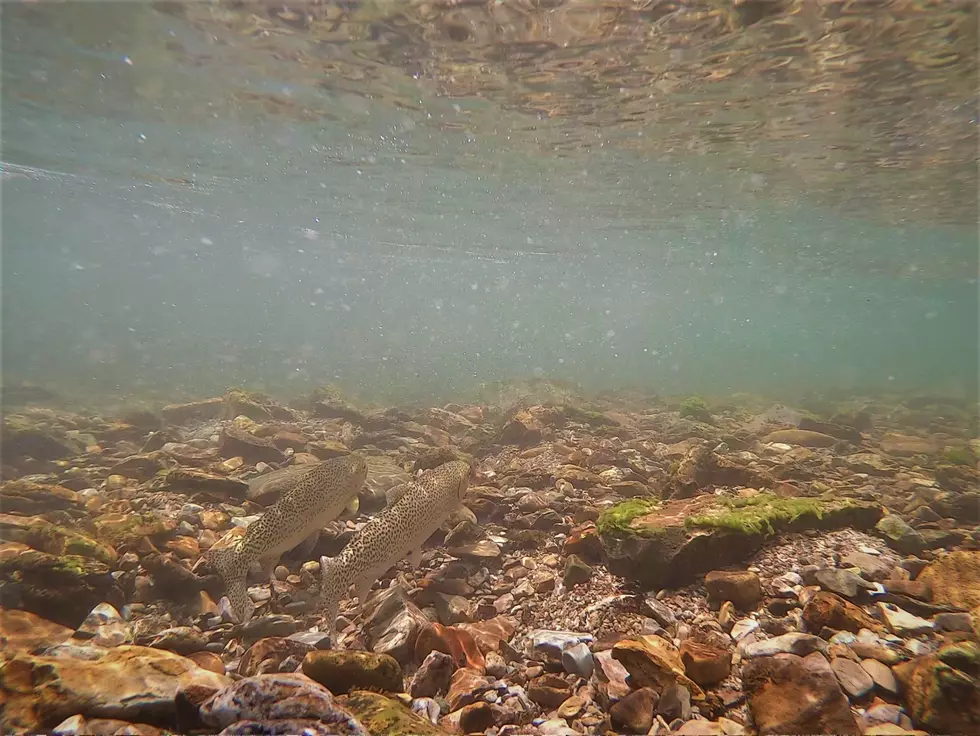
Warming rivers prompt fishing restrictions
Laura Lundquist/Missoula Current
As rivers warm up, Montana Fish, Wildlife & Parks has restricted fishing to the morning hours on several rivers to go easy on trout.
On Monday, due to rising water temperatures, FWP placed “hoot-owl” fishing restrictions on the Clark Fork and Bitterroot rivers, and Silver Bow Creek among others. The restrictions are effective on Tuesday.
When the days are hot, many Missoulians go to the river to cool off. But some have probably noticed that the river isn’t as cold as it was a few weeks ago.
This past weekend of hot days and not-so-cool nights has caused rivers to get warm enough that trout are starting to suffer. Above the confluence with the Blackfoot River, water temperatures in the Clark Fork River have been warming each day to the mid- to upper 70s, as have those in the Bitterroot River.
That may be comfortable for people but not for cold-blooded trout, which do better when the water is cooler than 68 degrees. As the day heats up, trout become temperature-stressed. They’ll often try to hide out in deep pools where the water is a little cooler. But if an angler comes along and tempts them with a fly, the resulting battle to escape the hook can stress trout to the point of death.
If water temperatures exceed 73 degrees for three consecutive days, FWP institutes “hoot-owl” fishing restrictions to eliminate additional stress during the heat of the day.
From 2 p.m. until midnight, no fishing is allowed on the Bitterroot River mainstem and the Clark Fork River below the confluence with the Bitterroot River.
Hoot-owl restrictions have already been in place since July 28 on the upper Clark Fork River above Drummond and sections of the Big Hole River.
When fishing during the morning hours, anglers can help reduce stress to fish by following these practices, although fish could still die:
- Land the fish quickly.
- Wet your hands before handling the fish.
- Keep the fish in water as much as possible.
- Remove the hook gently. Using artificial lures with single and barbless hooks can make hook removal faster and easier.
- If the fish is hooked deeply, you may have to cut the line at the fish’s mouth or consider keeping it if regulations allow.
- Let the fish recover in the water before releasing it.
The restrictions will remain in place until water temperatures allow for lifting the restrictions or until Sept. 15.
